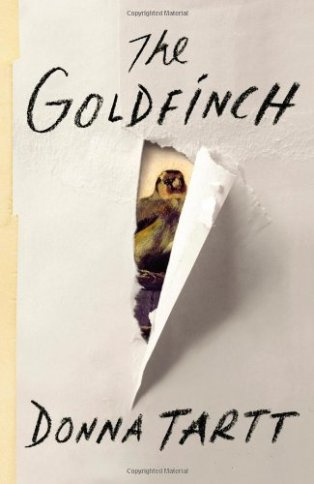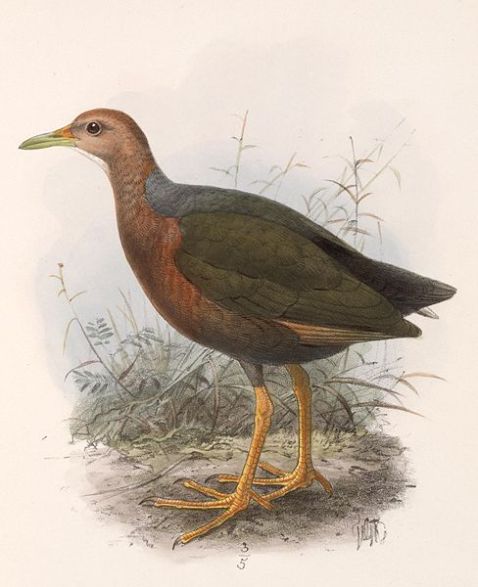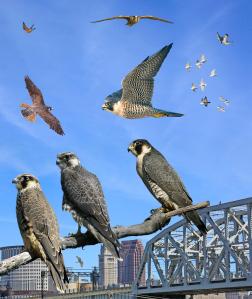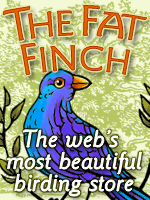Sharon McInnis, October 28 | Excerpted from BIRD CANADA | bird canada.com
Posted on Fat Finch, November 16, 2013
When we moved to Gabriola seven years ago, the first bird I saw in the overgrown, untended garden we inherited with our ‘new’ house was a junco. Although it seems amazing to me now, I’d never noticed this bird in the city. With its black hood and unusual metallic chipping ‘song’, I figured it must be very rare indeed. Then I discovered there are about 630 million Dark-eyed Juncos (Junco hyemalis) in North America. So not very rare after all.
In fact, the junco is one of the most abundant backyard birds on the continent. A ‘rock star study organism’, it’s also one of the most thoroughly studied bird species on the planet. For over forty years Ellen Ketterson, a pioneer in the field of animal behavior from the University of Indiana, has been studying juncos. She explains the fascination: the junco “really lets you study it. … They build their nests on the ground, so you can find them. They thrive in captivity, so you can provide them with seeds, or put them in different social configurations. And they’re content. They actually reveal their biology to you.” Ketterson is one of the scientists whose work is described in “The Ordinary Extraordinary Junco”, an 88-minute video series produced by biologists and filmmakers from Indiana University.

Dark-Eyed Junco by Garry Davey
This fascinating free program explores how juncos behave, especially in terms of evolution. Until seeing this series, the word ‘evolution’ conjured up images of dinosaurs to me. But apparently “Evolution doesn’t just happen over huge numbers of generations or millions of years. It can happen to you or me, or any animal, within our own lifetimes. Amazingly, epigenetic changes to our DNA mean that the genes we pass on to our children can differ from the ones we inherited.” (Zoobiquity, Posted on October 28, 2013 by Sharon McInnes, Natterson-Horowitz and Bowers)
One example of such rapid evolutionary change began in the early 1980s when a small flock of junco migrants remained on the campus of the University of California (UCal) instead of returning to the nearby mountains in winter. When scientists began to study the campus birds, they discovered that this urban population was a new isolated breeding population of Oregon Dark-eyed Juncos. The Ordinary Extraordinary Junco tells the fascinating tale. But let me give you a sneak preview.
Essentially, the UCal juncos demonstrated rapid evolution driven by urbanization. In this case, campus life, with its constant barrage of stimuli, changed the very nature of the juncos. They became, for example, more flexible when foraging and nesting, and bolder than their rural counterparts. They explored more food opportunities, allowed humans to get three times closer than rural juncos (in half the time), and sang at a higher frequency in order to be heard in a noisy urban environment. Ultimately, on the bustling campus, with cars and feral cats and construction noise and artificial lighting at all hours, natural selection favored assertive, flexible, bold juncos. Juncos with spunk.
It turned out these more enterprising juncos were also more attentive, involved parents. As the breeding season of the braver urban birds shifted, for example, the males became more interested in parenting (helping to find food for the nestlings) and less aggressive. (Scientists found they had less testosterone at this time.) These ‘brave’ juncos that were also ‘better’ parents were more likely to survive, breed, and pass on their genes. Soon (in evolutionary terms) these new traits became the norm for this newly-evolved isolated population.
I understand behaviour changing in a new environment; that happens all the time – with birds and people. What surprised me is that the birds’ appearance changed so quickly (they had less white in their tails and less black in their heads within thirty years) and that their genetic makeup, their actual DNA, changed. But apparently this kind of rapid evolution is happening with other populations of urban birds around the world now, just as it did with Darwin’s finches in the Galapagos Islands and cichlid fish in Africa.
If I haven’t whet your appetite quite enough to inspire you to drop everything and go watch the 8-video series, check out the trailer at http://www.youtube.com/watch?v=3kvJTMvaKUg. Then, for the whole amazing story, just google The Ordinary Extraordinary Junco. And enjoy!
This article was first published in The Flying Shingle on October 7 2013.
PERMALINK

 The question arises in the United States and Canada each year about this time:Should we take down our hummingbird feeders so the hummingbirds won’t stay too long and get caught in the cold weather?
The question arises in the United States and Canada each year about this time:Should we take down our hummingbird feeders so the hummingbirds won’t stay too long and get caught in the cold weather? For those of our readers who live in the Gulf Coast region of the southern United States, you should leave your feeders out all winter: You may be treated to Ruby-throated Hummingbirds some of whom no longer migrate any further south than your region. Warmer winters and hummingbird feeders have lured some of that species to stay for the winter in your temperate region.
For those of our readers who live in the Gulf Coast region of the southern United States, you should leave your feeders out all winter: You may be treated to Ruby-throated Hummingbirds some of whom no longer migrate any further south than your region. Warmer winters and hummingbird feeders have lured some of that species to stay for the winter in your temperate region.




















